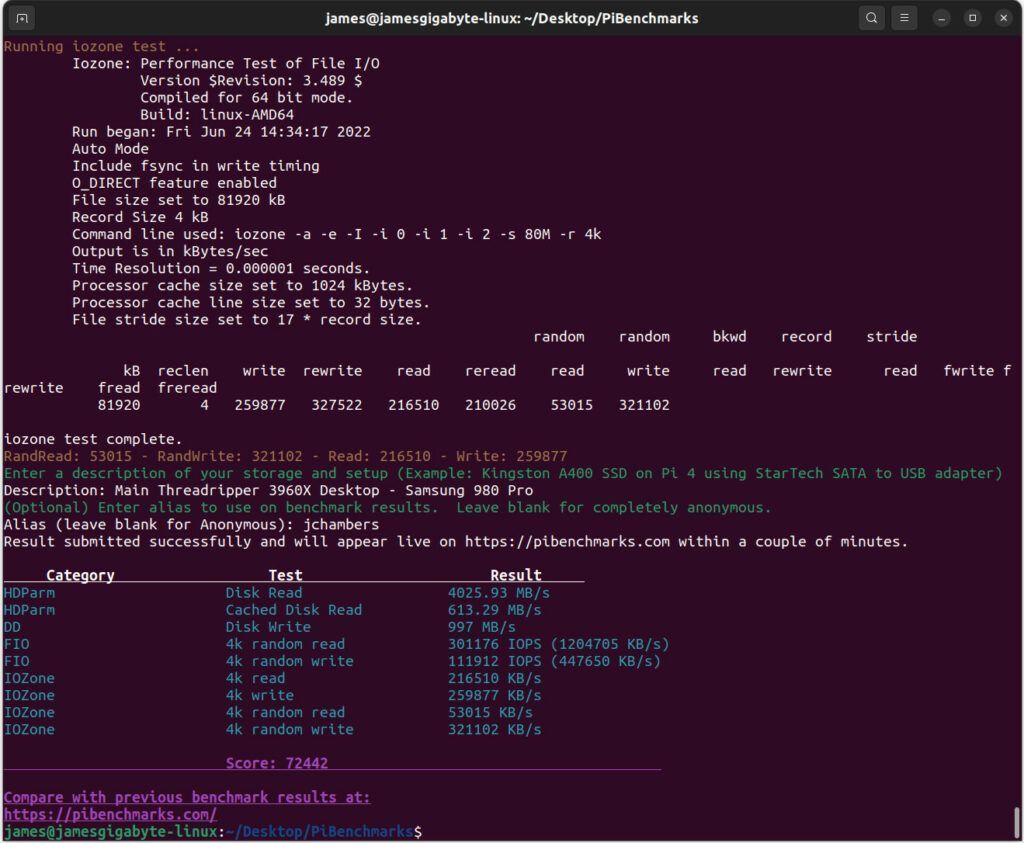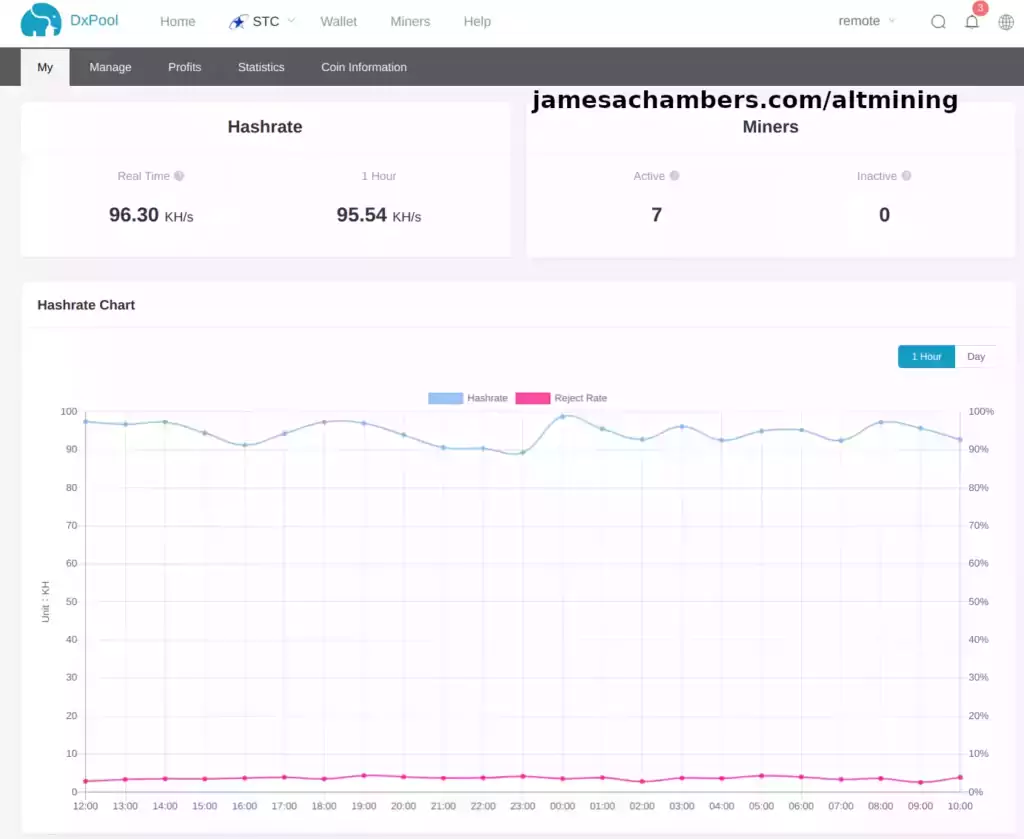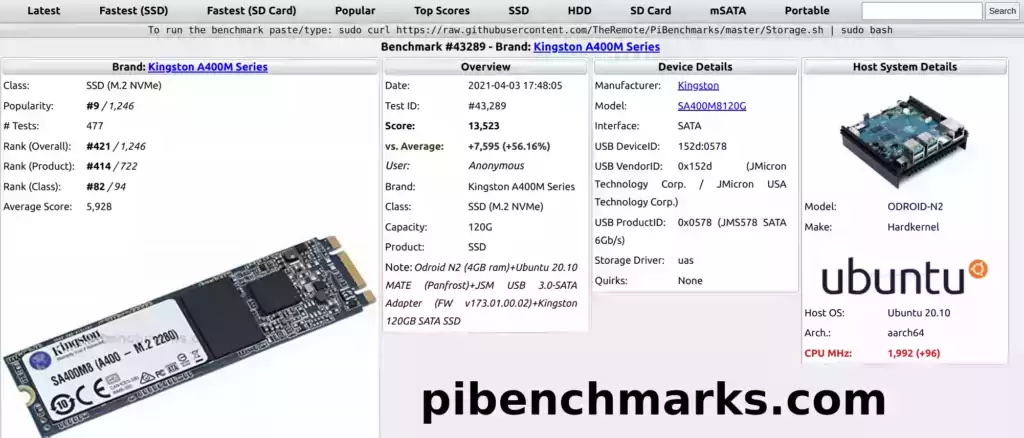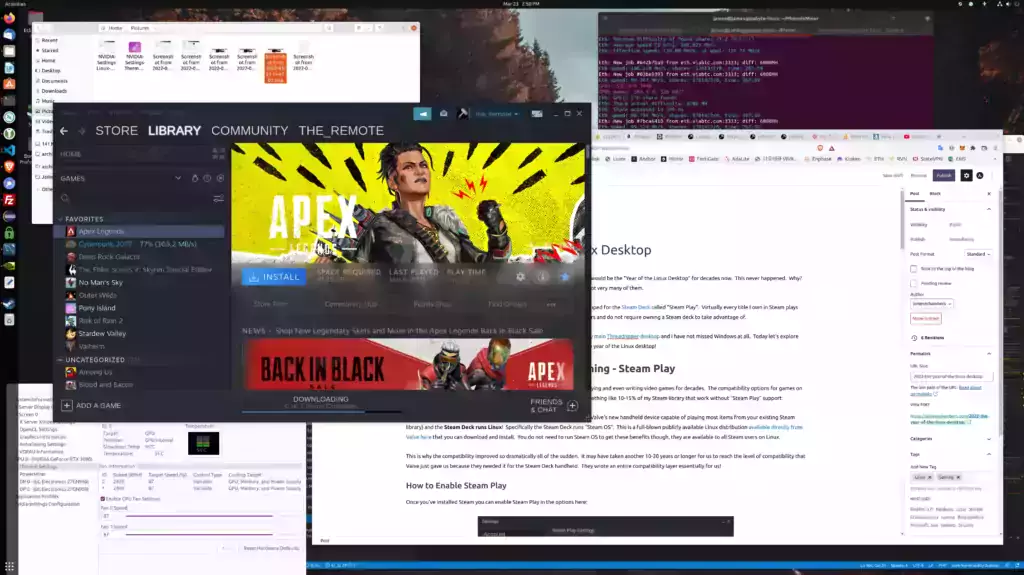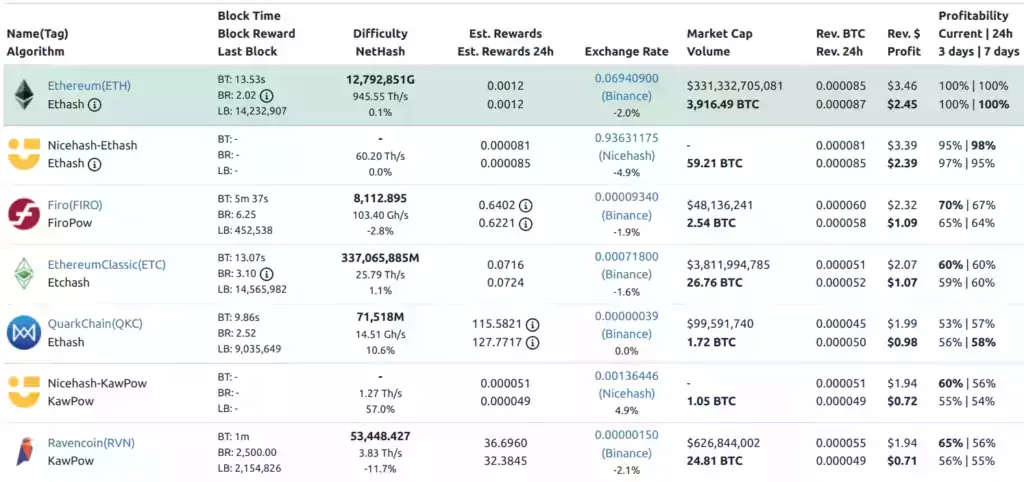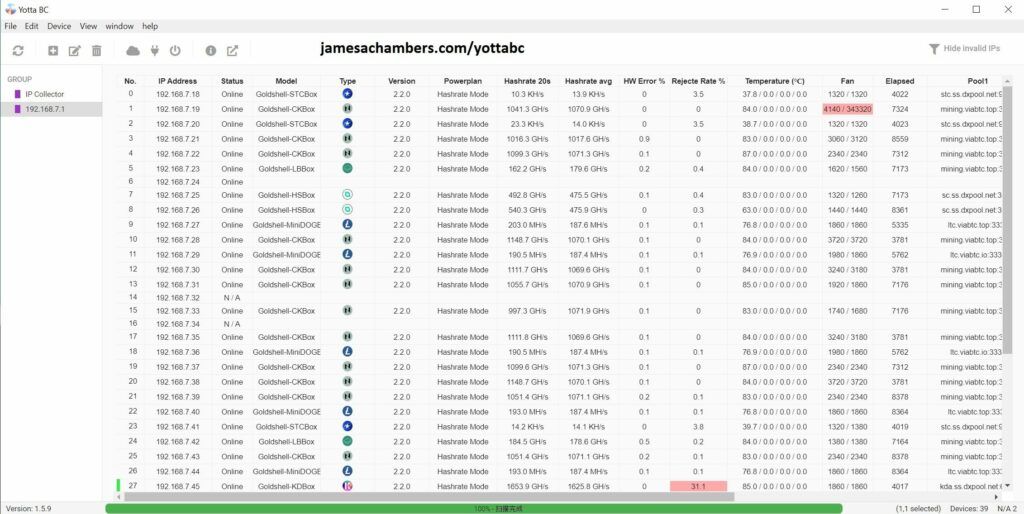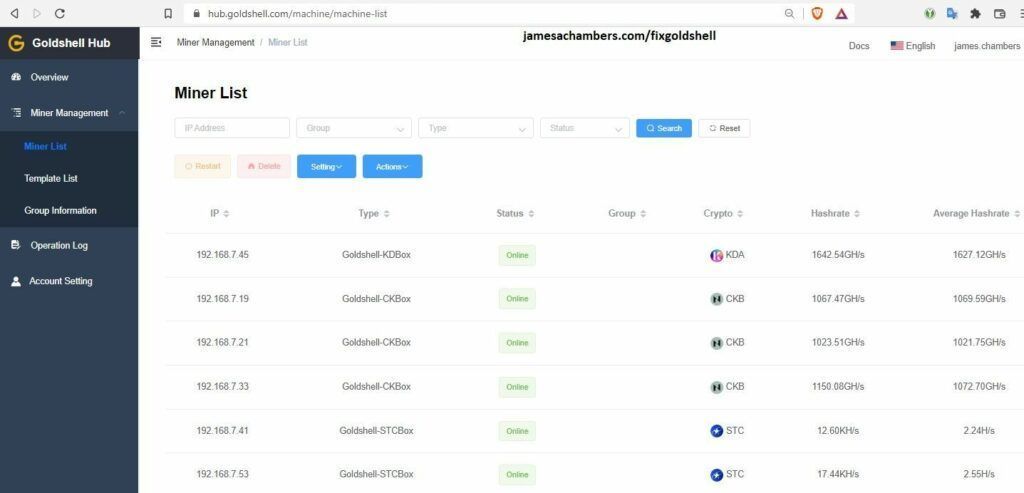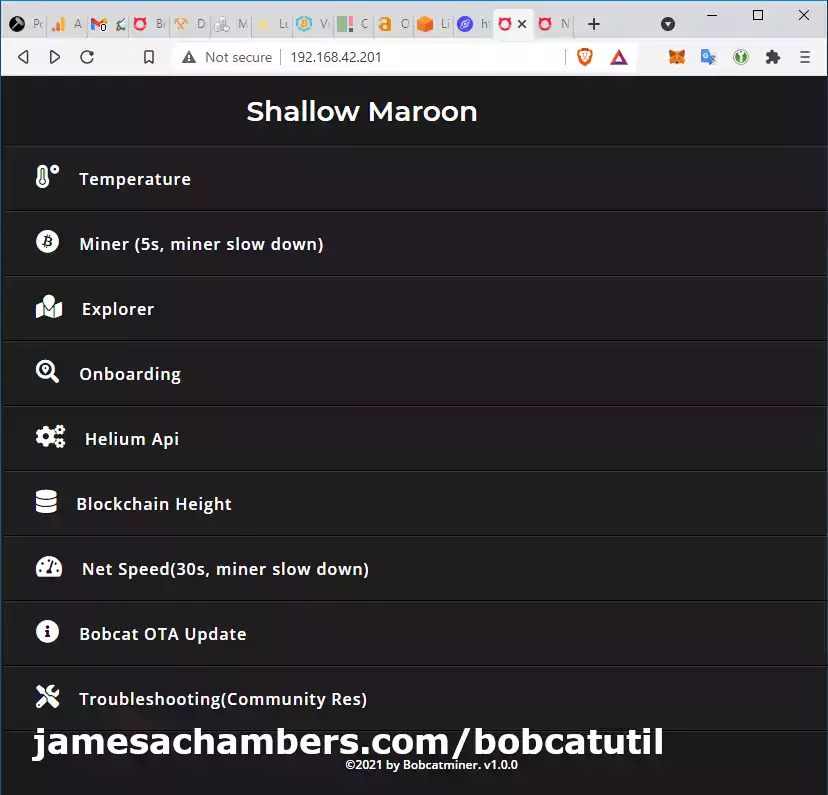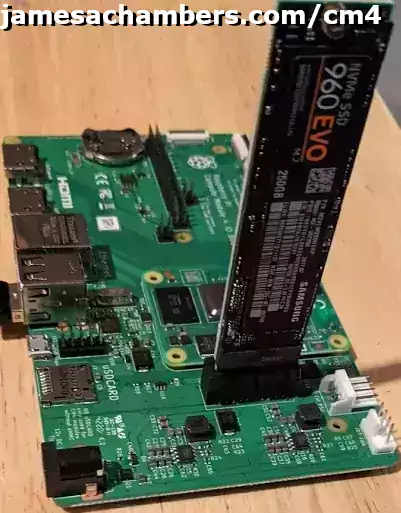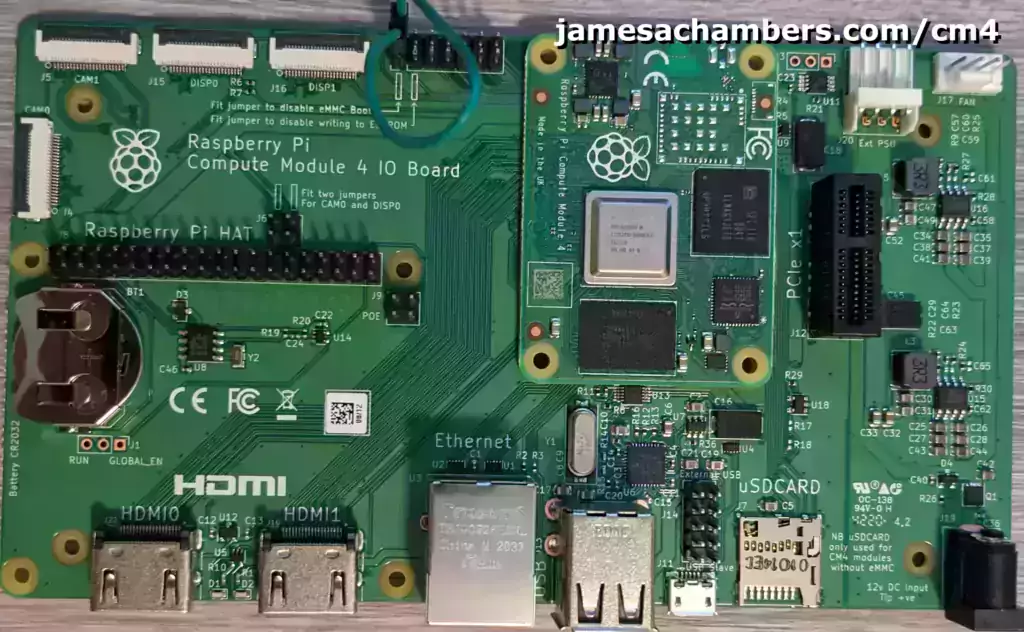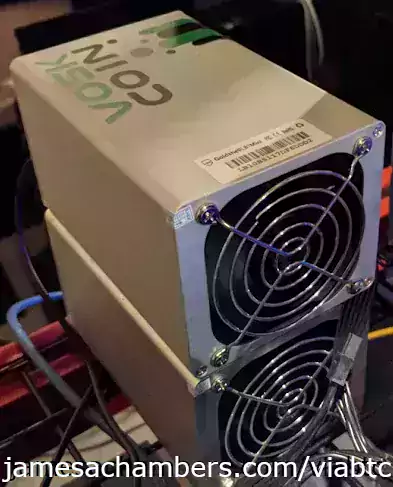Benchmark Storage Performance on Linux
When attempting to determine storage performance on Linux there are common tests such as doing a DD write command and measuring the speed of that. These methods leave a lot to be desired and are especially bad at measuring random read/write performance (the most important for operating system / application performance).
I solved this problem for the Raspberry Pi by creating Pi Benchmarks. This is an open source benchmark that *does* measure random read/write performance as well as several other important factors (IOPS, etc.). We’ve collected many years worth of performance data across thousands of different drives including SSDs / HDDs / others. It’s enough information to be used to make important decisions about performance using hard data.
I’d like to announce that this exact same benchmark is now available for all devices! If you’d previously taken the benchmark on a PC or device other than a Raspberry Pi those results are now retroactively live on the site.
Benchmark Storage Performance on Linux Read More »

